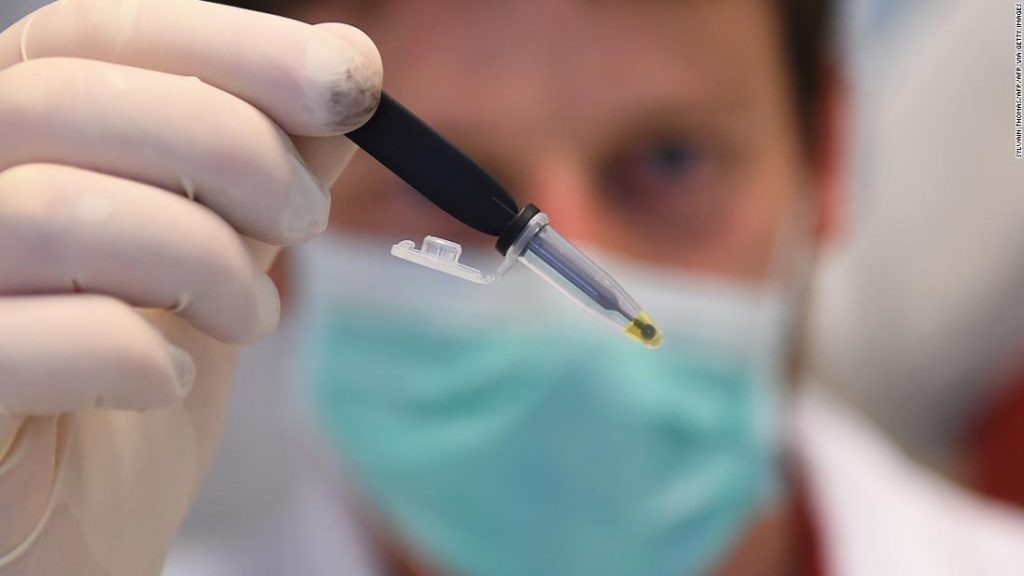Senior Living Blog
Why are telehealth companies treating healthcare like the gig economy?
Telehealth has taken off. Spurred by the pandemic, many doctors in the U.S. now offer online appointments, and many patients are familiar with getting live medical advice over the internet. Given the obvious benefits, many experts have concluded that telehealth is here to stay. “It’s taken this crisis to push us to a new frontier,” […]
December 2, 2020

Hospitals can care for Medicare patients at home in pandemic
Hospitals will be allowed to care for Medicare patients in their own homes during the pandemic under a new program announced Wednesday to help hospitals deal with the latest surge. Some hospitals already offered patients with private insurance the choice of getting care at home instead of in the hospital. The pandemic dramatically boosted use […]
December 1, 2020

What you need to know about at-home Covid-19 tests
Is Covid testing on your shopping list? Costco, a popular wholesale store with locations across the US, has announced that it will sell a direct-to-consumer diagnostic test for Covid-19, joining a growing list of retailers providing diagnostic tests. Kent Sepkowitz writes that even though at-home Covid-19 tests will now be available at a number of […]
November 9, 2020
Let’s Break Down The Safest Ways To Vote In The 2020 Election
Make your safe voting plan, and stick to it. Election Day is Here Americans everywhere are off to the ballots to vote in one of the biggest elections of our lives. The stakes of this year’s election couldn’t be higher, and it’s more important than ever for all eligible voters to make their voices heard […]
November 3, 2020
